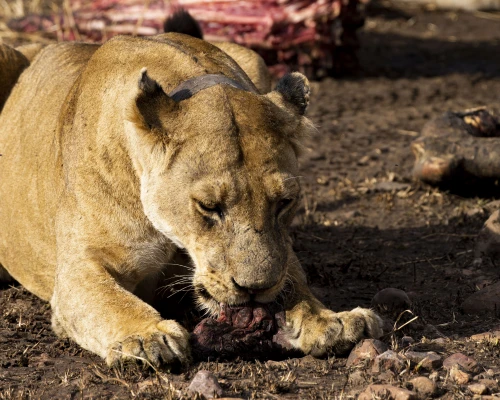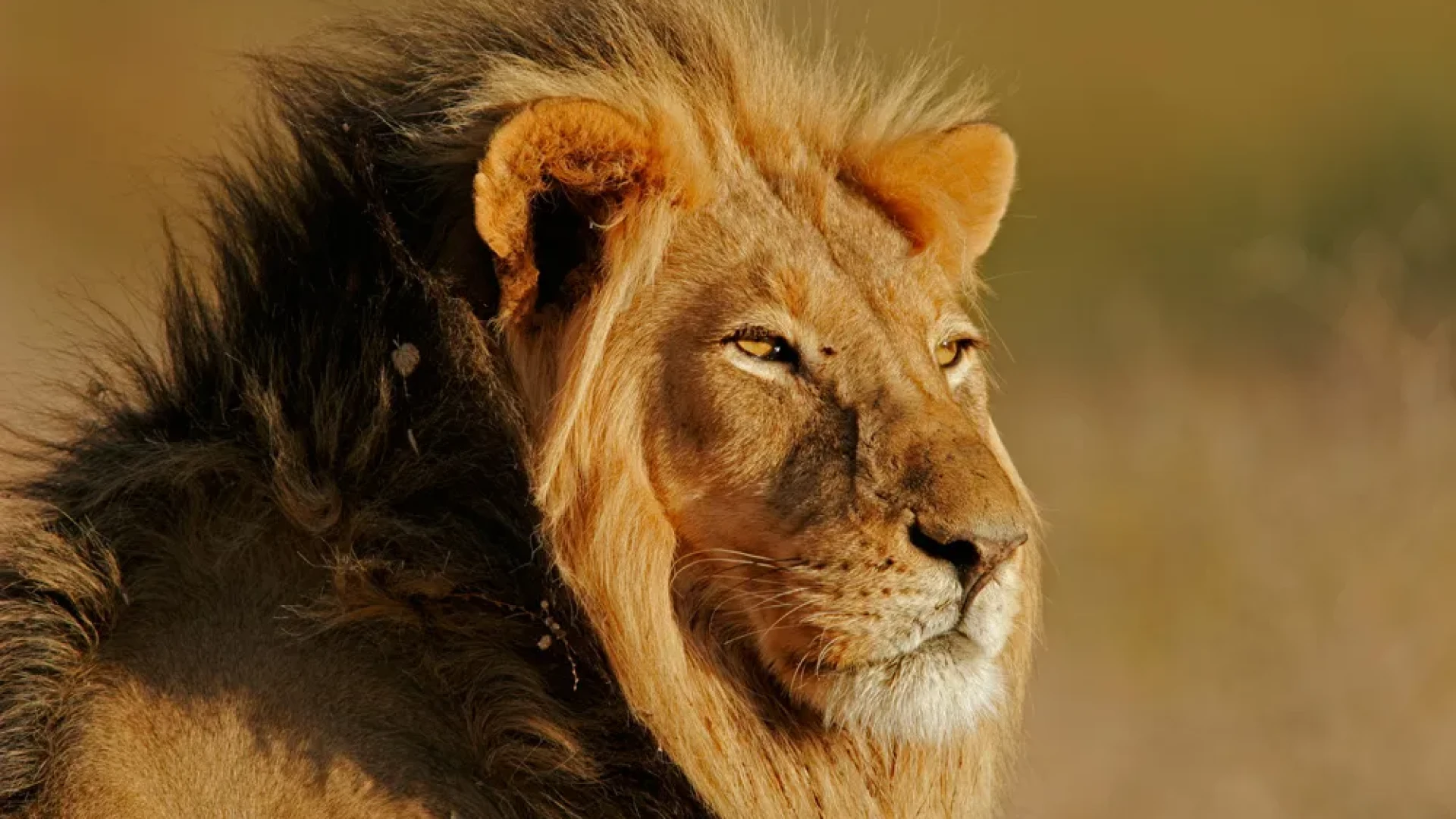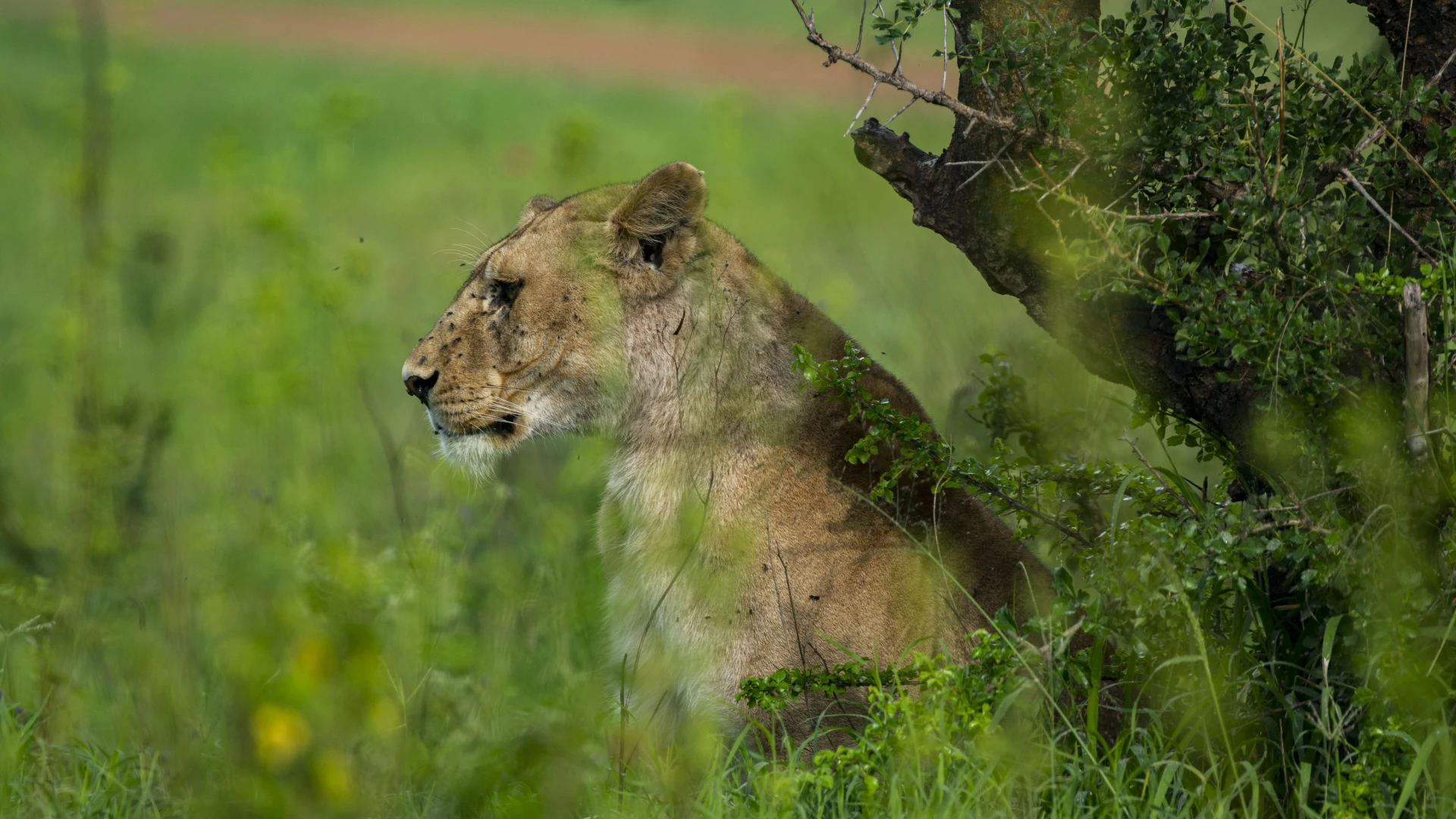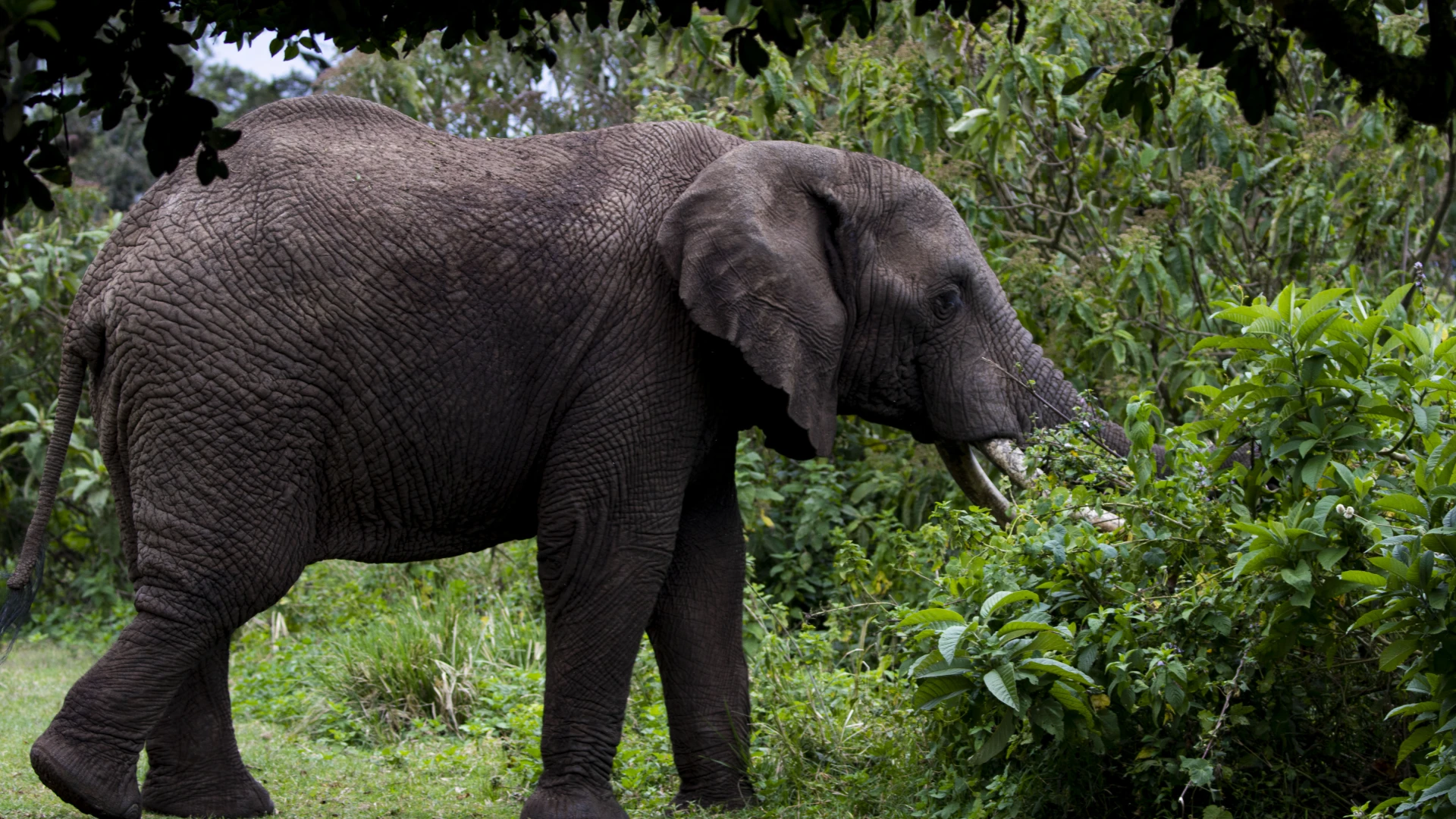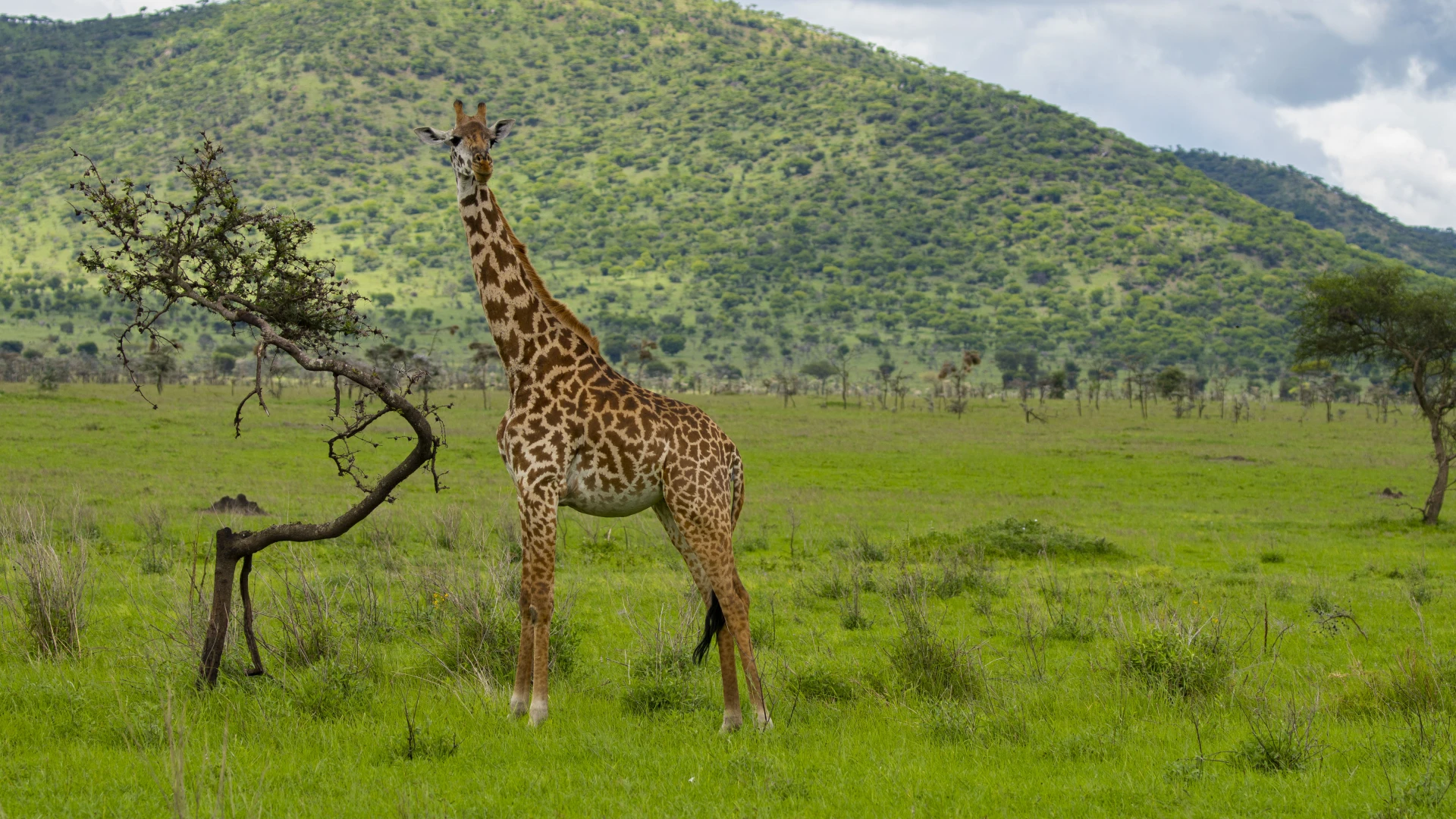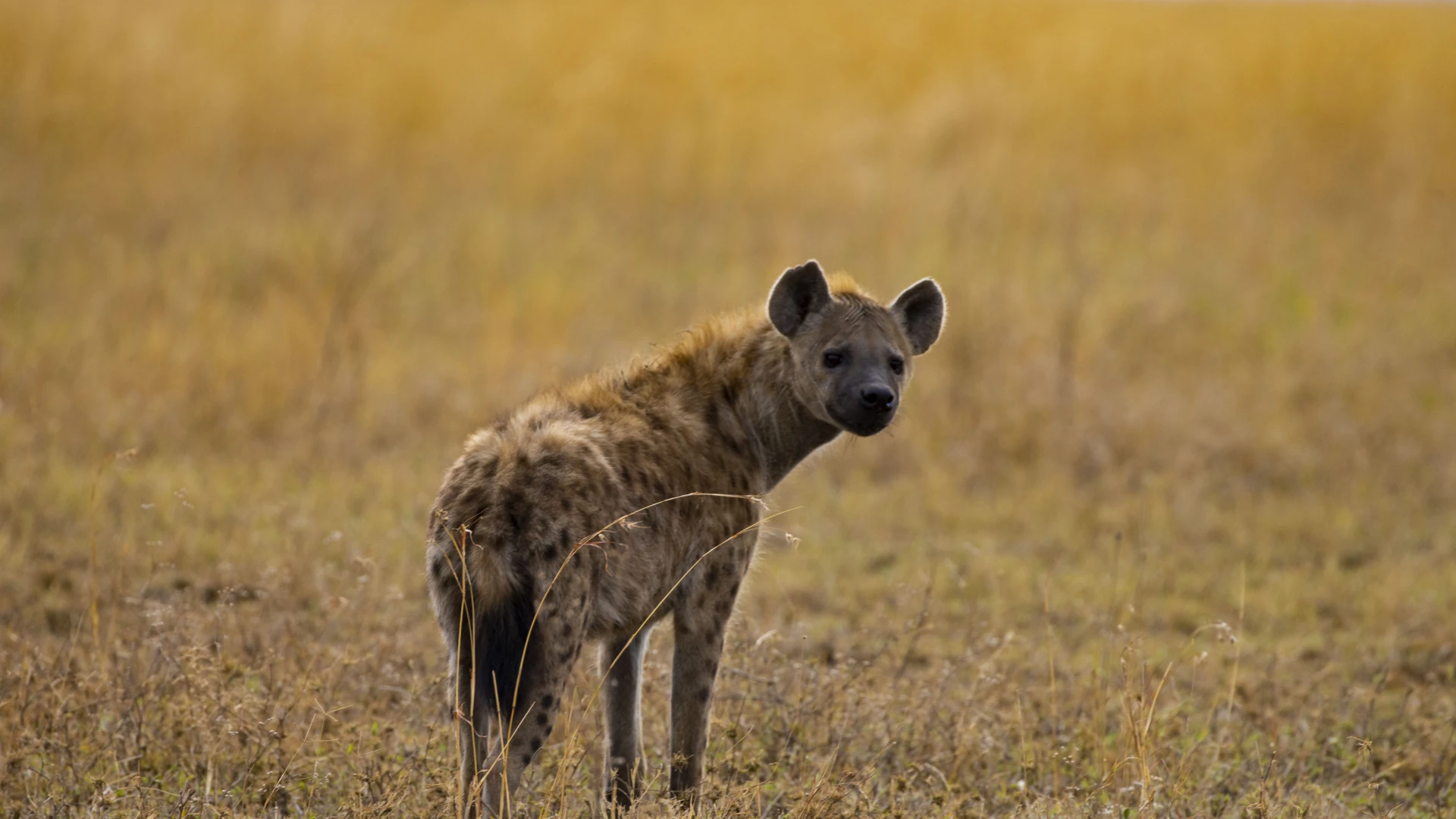
SERENGETI NATIONAL PARK
SERENGETI NATIONAL PARK
Tour SummarySerengeti National Park, located in the Mara and Simiyu regions of Tanzania, is globally renowned for its exceptional biodiversity and the iconic annual migration of wildebeest and other herbivores. The name "Serengeti" is derived from the Maasai word siringet, meaning "the place where the land runs on forever," a fitting description for the park’s expansive grasslands.
Availability
Whole Year
Price
$3,600/Person
Duration
8 Days
Tour Highlights
Historical Context:
The park has a deep history, beginning with the Maasai people's grazing practices in the area for about 200 years before European exploration began in the late 19th century. Austrian explorer Oscar Baumann was the first European to visit in 1892. The area became known for hunting, with the first American, Stewart Edward White, recording his explorations in 1913, during which he and others killed numerous lions. This prompted early conservation efforts, culminating in the establishment of Serengeti as a game reserve in 1929 and later a national park in 1951.
Conservation Efforts:
The Serengeti’s fame in conservation grew in the 1950s, largely due to the efforts of Bernhard and Michael Grzimek, who produced the book and film Serengeti Shall Not Die. Their work helped spotlight the importance of the Serengeti ecosystem, leading to greater global awareness and conservation initiatives. However, the Maasai were forcibly relocated from the park in 1959 to make way for wildlife preservation, a decision that remains controversial.
Flora and Fauna:
Serengeti is home to a rich variety of wildlife, with some of the highest concentrations of large mammals in the world. The annual Great Migration is the highlight, where over 1.5 million wildebeest and other herbivores travel through the park. Other common residents include zebras, gazelles, giraffes, and a wide range of carnivores, including lions, leopards, cheetahs, and hyenas.
The Big Five—lions, leopards, elephants, rhinoceroses, and buffaloes—are abundant, with Serengeti being particularly notable for its large lion population. In addition to these iconic animals, the park also supports a variety of other mammals, including smaller species like aardvarks, pangolins, and mongooses, as well as several species of primates such as baboons and vervet monkeys.
Birdlife:
Serengeti’s birdlife is equally impressive, with more than 500 species recorded. Notable species include the Masai ostrich, secretarybird, and various vultures, storks, and hornbills. The park's diverse ecosystems provide a rich habitat for both migratory and resident birds.
Reptiles and Other Species:
The park also has a variety of reptiles, such as the Nile crocodile, monitor lizards, and several species of snakes, including the black mamba and puff adder.
Tourism:
As Tanzania's oldest national park, Serengeti remains a key part of the Northern Safari Circuit, attracting visitors from around the world. Its abundant wildlife, stunning landscapes, and conservation significance make it a top destination for safari tours, with options ranging from game drives to hot air balloon rides.
Challenges and Conservation:
Despite its status as a UNESCO World Heritage Site and conservation success, Serengeti faces challenges such as poaching, human-wildlife conflict, and climate change. It is part of the larger Serengeti-Mara ecosystem, with ongoing efforts to protect its lion population, considered a Lion Conservation Unit.
Serengeti National Park is not just a place of extraordinary beauty and biodiversity, but also a vital part of global conservation efforts, ensuring the protection of Africa’s iconic wildlife for future generations.
Gallery
Phone: +255 762 026 599


